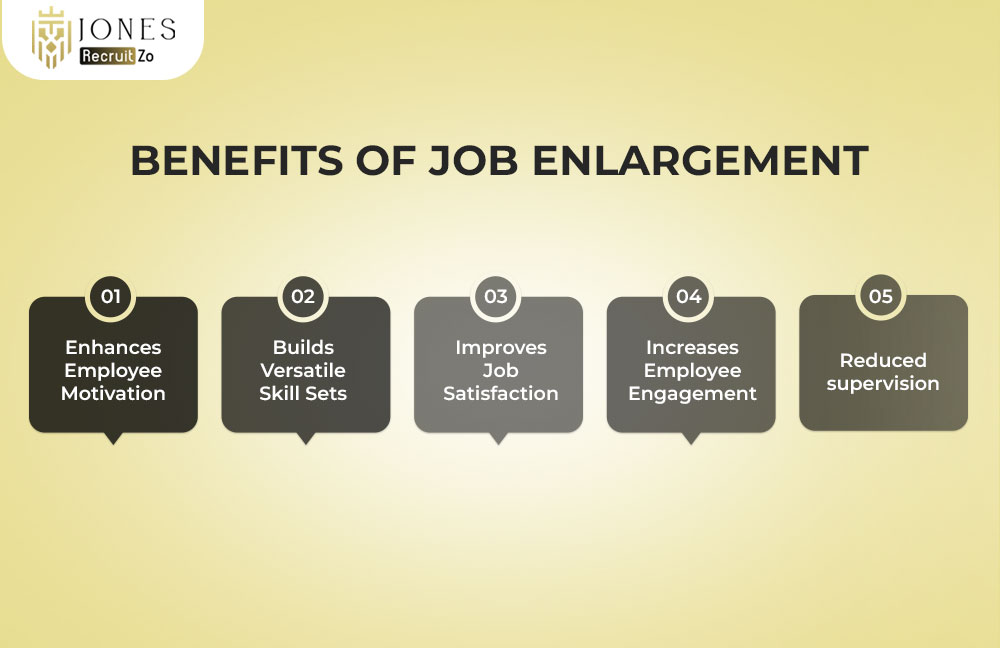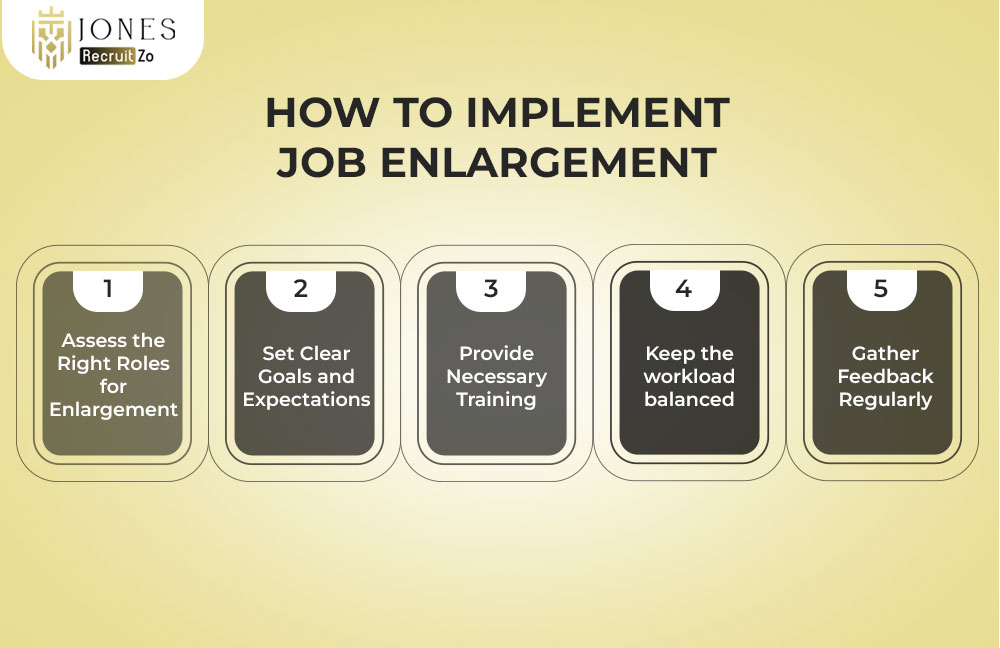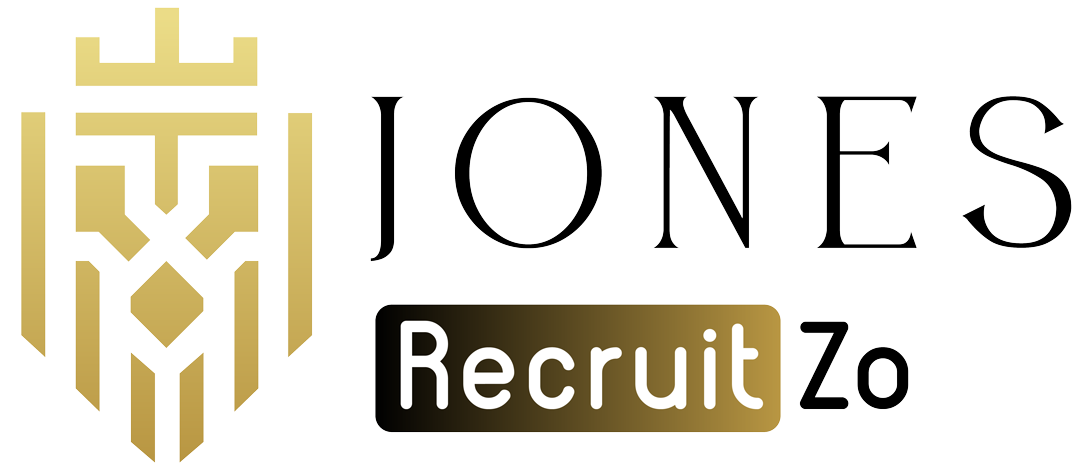What is Job Enlargement?
Job enlargement is a process that involves increasing the number of tasks in a particular job without changing its level of responsibility. It is a horizontal expansion of a job by adding tasks of similar complexity and responsibility to those the employee already has.
This strategy aims to relieve workers of the monotony by creating some variety in their job. By having more areas to perform work, employees remain more interested, see some form of self-development, and tend to feel focused on their work. In contrast to being promoted or changing the role vertically, job enlargement implies no extra authority or position and just broadens existing responsibilities.
Benefits of Job Enlargement

Job enlargement brings several advantages to both employees and organisations. Below are the key benefits of implementing this strategy in the workplace:
Enhances Employee Motivation
Employees tend to be more engaged and motivated when they are given more jobs that add variety to their workdays. The feeling of doing something else at the same level refreshes their interest and enthusiasm toward the job.
Builds Versatile Skill Sets
By engaging in multiple tasks, the employee learns new skills and becomes versatile. This benefits him/her individually by enhancing his/her value in the labour market while helping an organisation to have a flexible workforce.
Improves Job Satisfaction
Monotony may be one of the greatest sources of dissatisfaction in many workplaces. So, job enlargement acts like a distraction to lessen that monotony -putting more things on the plate for employees to look forward to now. Generally, employees feel accomplished and valued with job enlargement, which increases their satisfaction with their work.
Increases Employee Engagement
Adding variety and challenge into daily tasks can reignite interest and commitment in the job. Engaged employees are more likely to contribute innovative ideas, show loyalty, and take initiative in their roles. Higher engagement also positively impacts team dynamics and overall productivity.
Reduced supervision
When employees are entrusted with a wider range of tasks, they tend to take more ownership of their work. This sense of responsibility often leads to increased autonomy, requiring less direct supervision from managers. This allows leadership to focus more on strategic planning and less on micromanagement.
Types of Job Enlargement
Job enlargement can be categorised into two primary types depending on the nature of task expansion:
Horizontal job enlargement
Horizontal job enlargement is classic task expansion through repetition of the original job. For example, a customer support agent may be tasked with making follow-up satisfaction calls to customers in addition to handling incoming queries. This method seeks to introduce variety without altering the job’s status.
Vertical job enlargement
Job enrichment is sometimes confused with job enlargement when vertical enlargement consists of giving an employee additional duties which, generally, involve a little more planning or decision – making yet remain roughly on the same job level. For instance, a cashier may be assigned to reconcile the cash on a daily basis.
What is the difference between job enlargement and job enrichment?
Both job enlargement and job enrichment are about job design, but there are major differences regarding their approach and objectives.
Job enlargement would take away some of the responsibility from a job and add tasks; there is no change in levels or authority. The basic idea would be that tasks are added to reduce monotony and encourage engagement.
Job enrichment, on the other hand, involves adding tasks that give the employee more control, responsibility, and autonomy. It focuses on increasing the depth of a job by empowering employees to make decisions and contribute more strategically.
How to Implement Job Enlargement?

To successfully implement job enlargement, organisations should follow a structured and thoughtful approach. Here’s how:
Assess the Right Roles for Enlargement
Not every role is suitable for enlargement. Start by identifying which jobs are repetitive and could benefit from additional variety. With the nature of the tasks, ensure that additional responsibilities do not overwhelm the employees. This ensures the initiative is aligned to employee capability and business objectives.
Set Clear Goals and Expectations
During the job enlargement process, clarify expectations and define what success would look like. This clarifies what employees expect from their roles and how their enlargement fits into larger organisational objectives. Having goals that clearly state expectations gives a way to objectively measure performance.
Provide Necessary Training
Employees may need new skills to complete the additional tasks effectively. If offered the training needed, the employees feel competent to meet the challenges from the new demands being placed upon them successfully. This also sends a strong signal that the organisation cares for its human capital and supports its people.
Keep the workload balanced
The job enlargement should increase the number of duties assigned; however, it should never lead to an overload of work for an employee. Make sure that the additional responsibilities are reasonable and do not infringe upon the employee’s productivity or current duties.
Gather Feedback regularly
After implementing job enlargement, it’s crucial to gather feedback from employees. Understand how they feel about the changes and whether the new tasks are making a positive impact.
FAQs
1) What is job enlargement?
Job enlargement is a job design strategy that expands the range of tasks assigned to an employee at the same responsibility level, enhancing variety and reducing monotony.
2) What is the difference between job enlargement and job enrichment?
Job enlargement increases the number of tasks in a job, while job enrichment increases the level of responsibility and autonomy in those tasks.
3) What are the Benefits of Job Enlargement?
Benefits include improved employee motivation, job satisfaction, engagement, skill development, and reduced need for supervision.
4) How to Implement Job Enlargement?
To implement job enlargement effectively, assess suitable roles, set clear goals, provide training, balance workloads, and gather employee feedback regularly.














